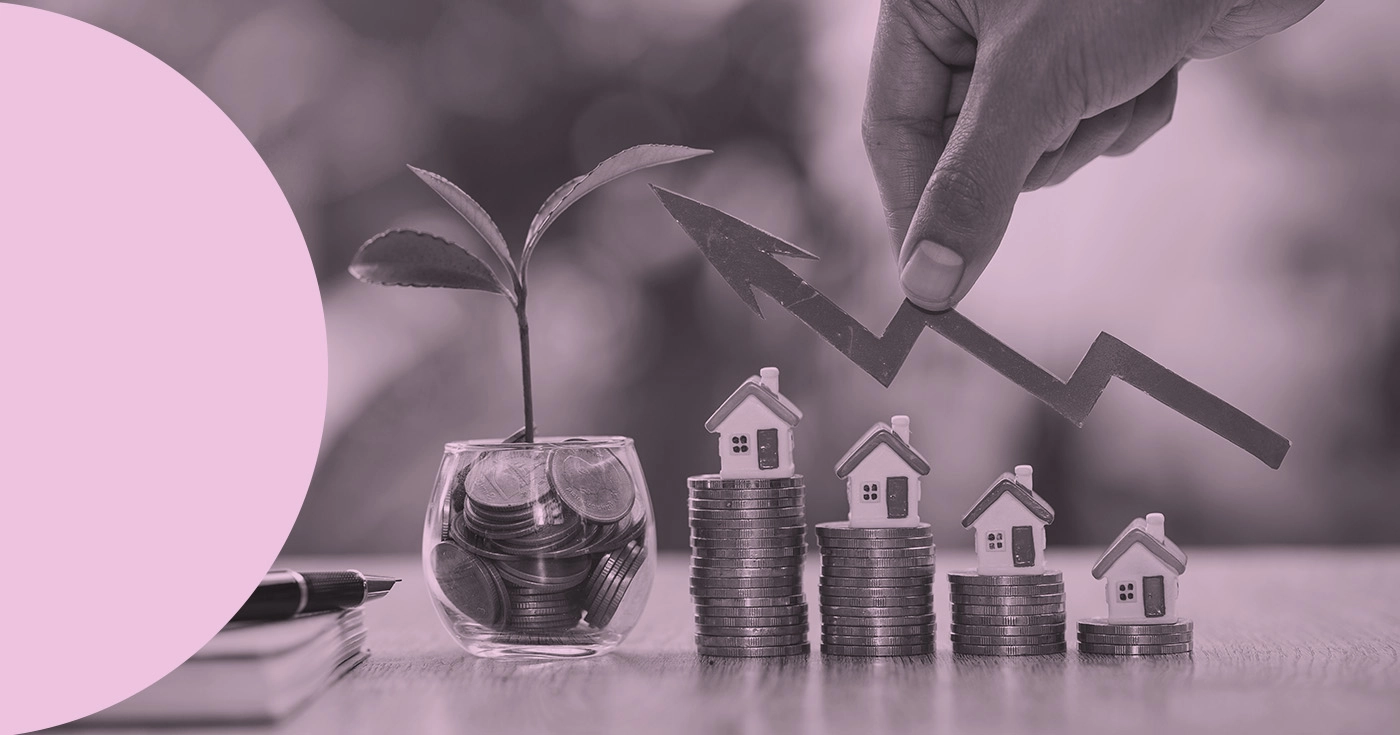
The power of compound interest on your investments
Few things in investment have as good a reputation as compound interest. Some refer to it as the eighth wonder of the world, a powerful force that can transform modest investments into financial mountains over time. But what is the power of compound interest? In this article, we will explore the concept of compound interest, its impact on investments and savings.
What is compound interest, and how does it work?
Compound interest is the process by which generated interests are added to the initial capital, thus generating more interest in each successive period. Unlike simple interest, where it is calculated only on the original capital, compound interest acts on the total capital, generating exponential growth over time.
The beauty of the entire process is that the investor/saver doesn’t have to do anything to achieve this result: the architect is time, or, in other words, the long term. Imagine, as J.L. Collins recounts in his book “The Simple Path to Wealth,” that it’s 1975. You have USD 10,000 saved, and you decide to invest them all at once in a fund that tracks the S&P 500—the first one was created in December of that year. Well, after 40 years, those USD 10,000 would have turned into just under USD 900,000. Despite crises and turbulence. How is this possible?
In the 40 years from 1975 to 2015, the S&P 500 grew at an average annual rate of 11.9%. If you had kept those USD 10,000 and reinvested the dividends, the effect of that 11.9% would have multiplied the initial capital, year after year, until it became a small fortune. But there’s more. If, instead of investing USD 10,000, you had invested USD 2,400 per year (USD 200 per month), by 2015, you would have a whopping USD 1.5 million. It’s the magic of compound interest combined with the power of dollar-cost averaging.
The Rule of 72
The formula for calculating the effect of compound interest over time is not very complicated, but there is a shortcut that provides a quick idea. It’s the Rule of 72, which we discussed in this article about investment planning.
If we divide the number 72 by the expected rate of return, we will discover how much time—in years—it will take for our initial capital to double. For example, if you have USD 10,000 invested with a 3% annual return, it will take nothing less than 24 years for it to grow to USD 20,000 (72 / 3 = 24).
Compound interest and costs
The creator of Vanguard and index funds, John Bogle, recalls another basic rule of investing: market return minus cost equals investor return. This means that compound interest also applies to the costs or fees of investment products. In a specific year, costs may seem small, but, as we will see with another example, over the years, they can be ruinous.
Bogle himself explains it in “The Little Book of Common Sense Investing.” Suppose the market generates an average return of 8% annually over half a century—starting early is another basic rule of investing. Now, assume that the average cost of a mutual fund is 2.5% per year. To begin with, that reduces the average fund return from 8% to 5.5%.
Over half a century, USD 10,000 invested in the average fund (5.5% annual return) yield a not insignificant result: USD 145,400. At first glance, it seems like a notable result. However, if the annual return had been 8%, the result after 50 years of investment would be this: USD 469,000. During the first year, the difference between the two would have been only about 2%. However, by year 10, the deviation would be 21%. And at the end of the period, costs would have taken almost 70% of the potential return.
How to leverage compound interest
If you want to take advantage of compound interest in your investments, all you need is consistency… or patience. The recommendations are simple.
- Invest early and regularly: Every year counts, and starting early maximizes the time for compound interest to work its magic.
- Reinvest returns: Don’t withdraw your gains; instead, reinvest them to further enhance their growth.
- Diversify your portfolio: Diversification reduces risks and improves overall performance.
The good news is that you can apply these recommendations to real estate crowdfunding, which offers even higher annual returns. With Urbanitae, you can invest in projects regularly, starting from USD 500 and with no fees or commissions. By reinvesting the returns generated by your investments in new projects, you create an additional layer of compound interest. This long-term approach can significantly multiply your gains. Additionally, you can diversify your investments across different types of projects and locations to reduce risks and maximize the potential of compound interest.

